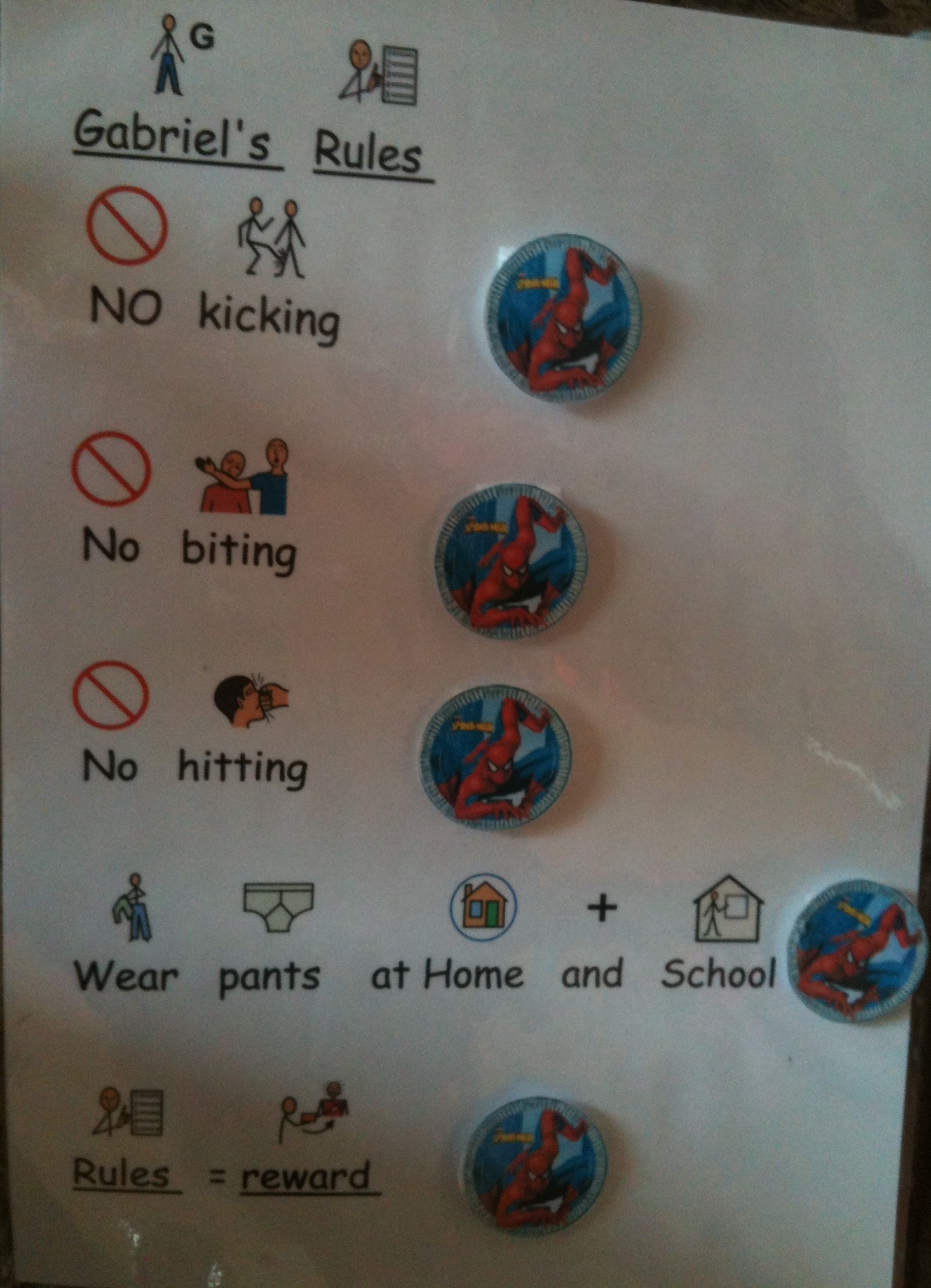
TEACCH
Treatment and Education of Autistic and related Communication handicapped CHildren
TEACCH stands for Teaching and Educating Autistic and related Communication handicapped CHildren. I have attended a TEACCH course for Professionals delivered by Gary Mesibov.
TEACCH was founded by Dr Eric Schloper in 1972. He disagreed with the concept and belief created by Bruno Bettleheim that autism was caused by 'refridgerator mothers' (mothers not showing affection towards their children) and created a program to help parents help their children with autism develop their understanding of the world around them and learn by the use of pictures and sequencing them in structured ways to create visual shcedules/timetables of events. This helps reduce anxiety and the behaviours it causes which we see children and adults with autism display throughout the day.
This system is used in many specialist schools/environments in conjunction with others to create an environment in which children and adults can learn. In the USA, some employers use TEACCH to support adults with autism in the work environment. This can be done here in the Uk as well and I am happy to help any employer do this to help support their employees with austiam or any other additional need or disability.
Unfortunately, when these systems are in place in the child's/adults school/work environment and not at home, the child/adult can suffer with confusion and frustration and subsequently difficult/distressing behaviours may often follow. I believe that using TEACCH in the home environment creating consistency between school/work and home helps to support the child/adult and consequently the whole family with daily living. Additionally, mainstream schools can use TEACCH with their students with autism spectrum disorder and Asperger Syndrome to help create predictability and subsequently reduce anxiety.
Part of my service includes implementing TEACCH in the home environment, creating visual schedules/timetables, personalised reward charts and laminated pictures to use to communicate with as in PECS ( Picture Exchange Communication System).
Using reward charts and visual timetables/schedules and stories is a very effective way to reduce aggressive, destructive and/or inappropriate behaviours. Here are a few examples of some I have made:



Here is a Youtube clip describing more about TEACCH












